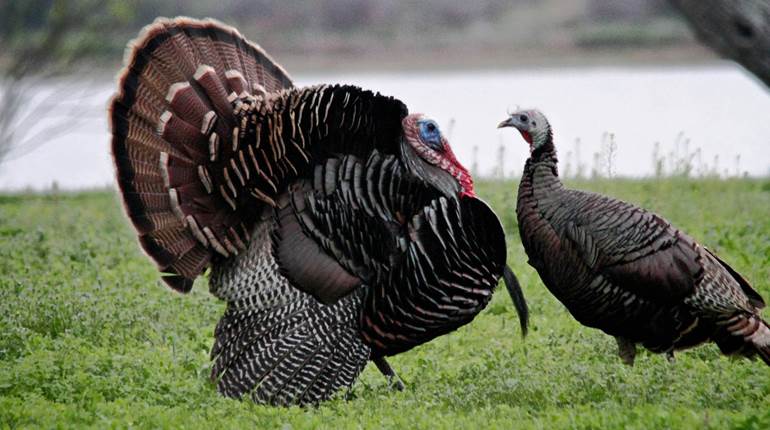
“Modern Sporting Rifles” have caused semi-automatics to gain wider acceptance within hunting circles, but self-loading hunting rifles have been around for more than a century. Pictured is one of the first—John Browning’s design as manufactured by Remington.
Winchester beat Remington to the market by one year with a center-fire, semi-automatic rifle, but its Model 1905 was a blowback design that fired what amounted to an oversized pistol cartridge. In 1906, Remington introduced its “Autoloading Repeating Rifle,” which it advertised as the only locked-breech high-powered rifle in America. It functioned on the long-recoil principle, as used in the Automatic-5 shotgun (both shared the familiar “humpback” receiver profile), of which Remington also manufactured a version.
In 1911, the rifle earned the designation “Model 8.” It was Remington’s first modern, high-power, repeating rifle design, coming to the market six years before Remington introduced its slide-action Model 14 in the same chamberings and 15 years before it offered its first modern sporting bolt-action rifle. The Model 8 was chambered for four unique rimless cartridges: .25, .30, .32 and .35 Remington. The magazine was a fixed box, though the loading process could be sped up through the use of charging clips similar to those used in contemporary military rifles. With no gas system to contend with, and a bolt that locked directly into the barrel extension, the Model 8 design lent itself well to quick takedown. Removing the fore-end revealed a lever attached to a screw that held the barrel and action together. In two pieces, the 41" Model 8 was reduced to 23".

“Built to withstand hard service this hard hitting, big game rifle has the most rapid operation with the least disturbance of any rifle made,” Remington advertisements claimed, but alas, American hunters are a conservative lot. The Model 8 was outsold by Remington’s slide-action designs. Those who wanted a semi-automatic rifle also paid a premium. The Model 8 cost 40 percent more than the pump-action Model 14 and 15 percent more than the bolt-action Model 30.
In 1936, the Model 8 was updated as the Model 81 “Woodsmaster.” The changes were mainly cosmetic, with the Model 8’s straight-grip buttstock gaining a pistol grip. The .25 Rem. chambering was dropped within that first year, and, in 1940, the .300 Sav. was added.
The Model 81 was discontinued in 1950. During its 14-year run, 56,091 had been made. It was replaced in 1955 by Remington’s Model 740, a modern, sleek, gas-operated semi-automatic that was chambered in popular bolt-action rifle cartridges such as .30-’06 Sprg. Post-World War II, returning Garand-trained veterans were more willing to embrace a semi-automatic hunting rifle. In its five years of production almost twice as many Model 740s were sold than all of the Model 8s and 81s in their 44-year production history. The 740 led to Remington’s successful 7-series semi-automatic rifles, which were in production until 2016.
The Model 81 pictured was manufactured in June 1950, and is chambered in .30 Rem. The rifle was offered in five grades, from “Standard” to “Premier,” and this is an example of a Standard model. It is valued at $750. Higher-grade Model 81s bring a premium, as do rare models, such as the factory “Police Special” rifles with their extended magazines.
Model 81s in .35 Rem. and .300 Sav. are the most popular, as ammunition in those chamberings is more readily available. Manufacturers such as Buffalo Arms and Ventura Munitions still make the .25, .30, .32 Rem. in small batches. There is a demand for such cartridges because, every fall, hunters still take to the woods with America’s original, self-loading, high-powered sporting rifle.
Gun: Model 81
Manufacturer: Remington
Chambering: .30 Rem.
Serial Number: 557XX
Manufactured: 1950
Condition: NRA Good (Modern Gun Standards)
Value: $750




































